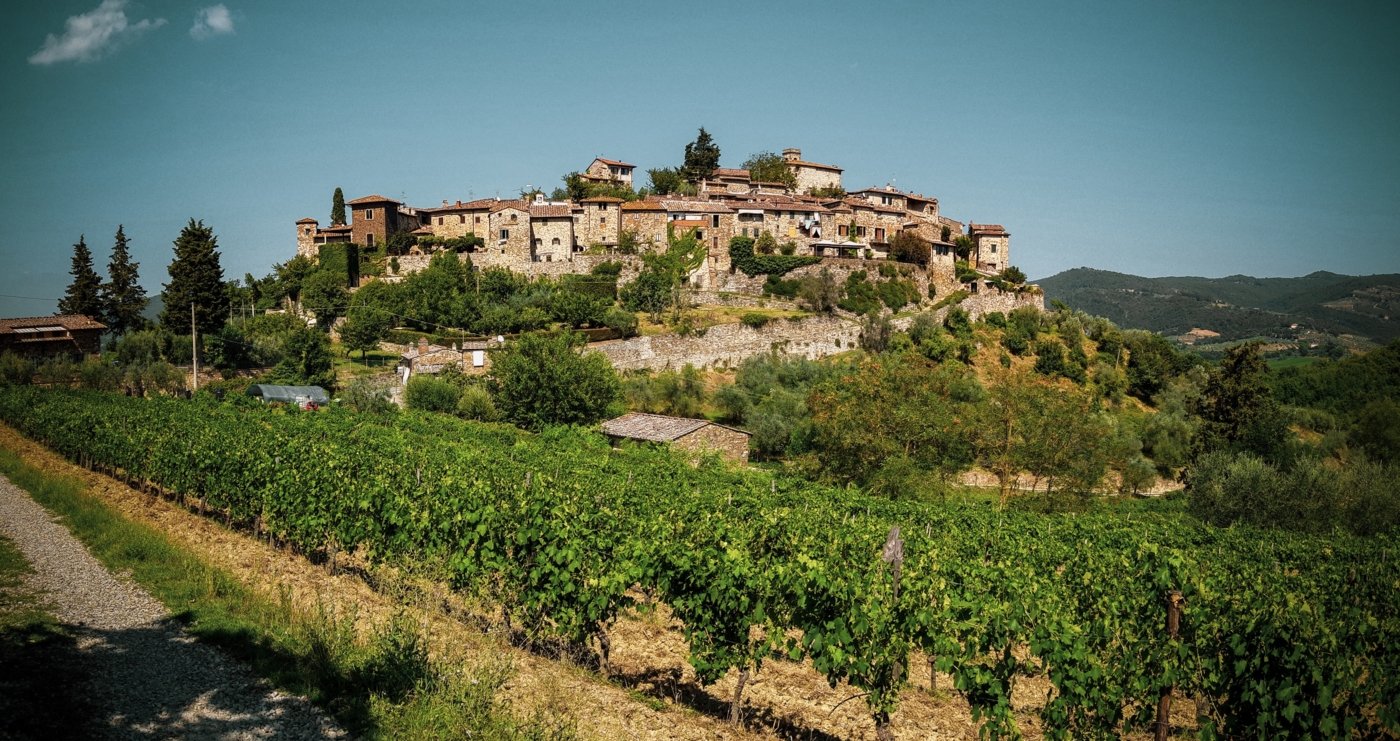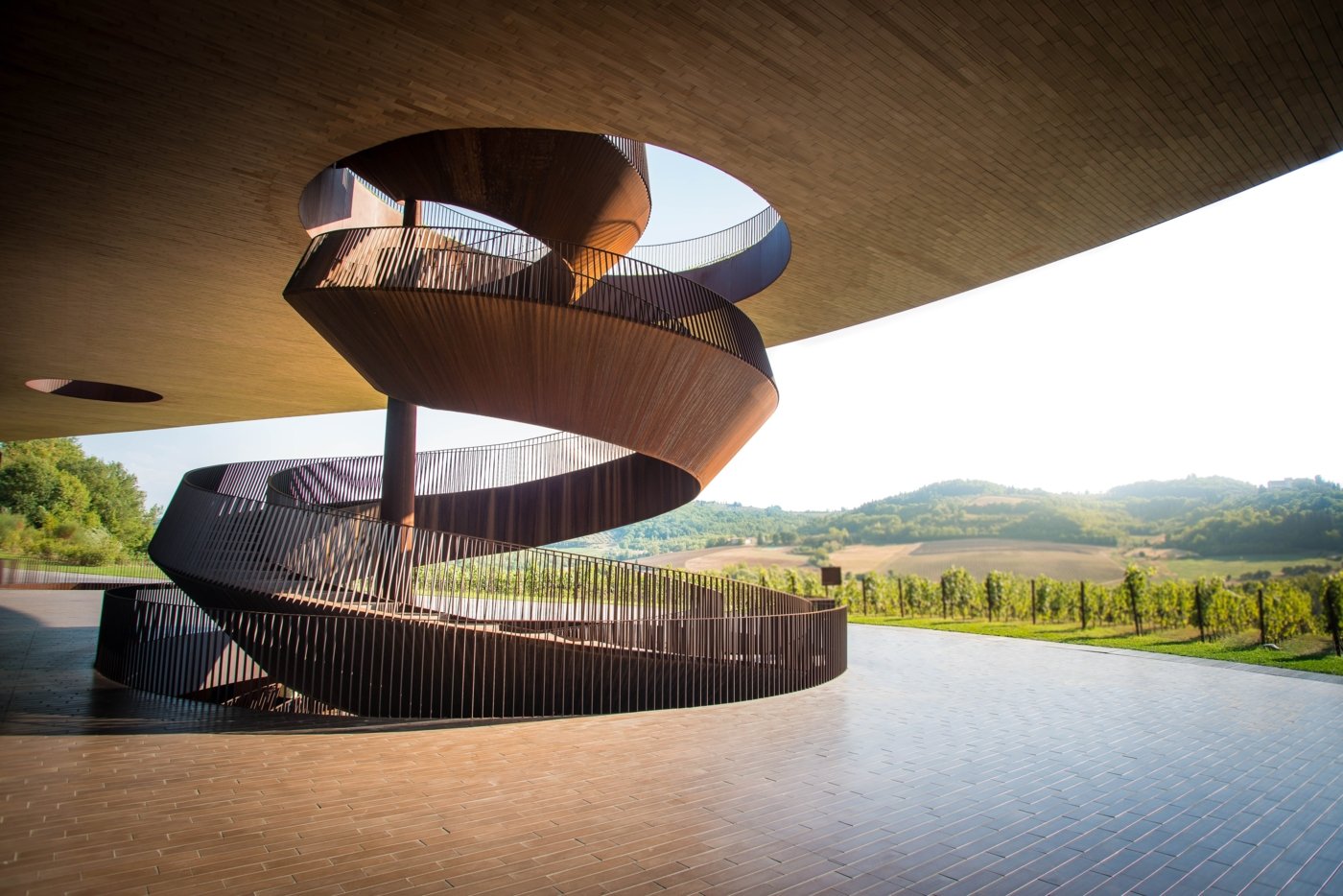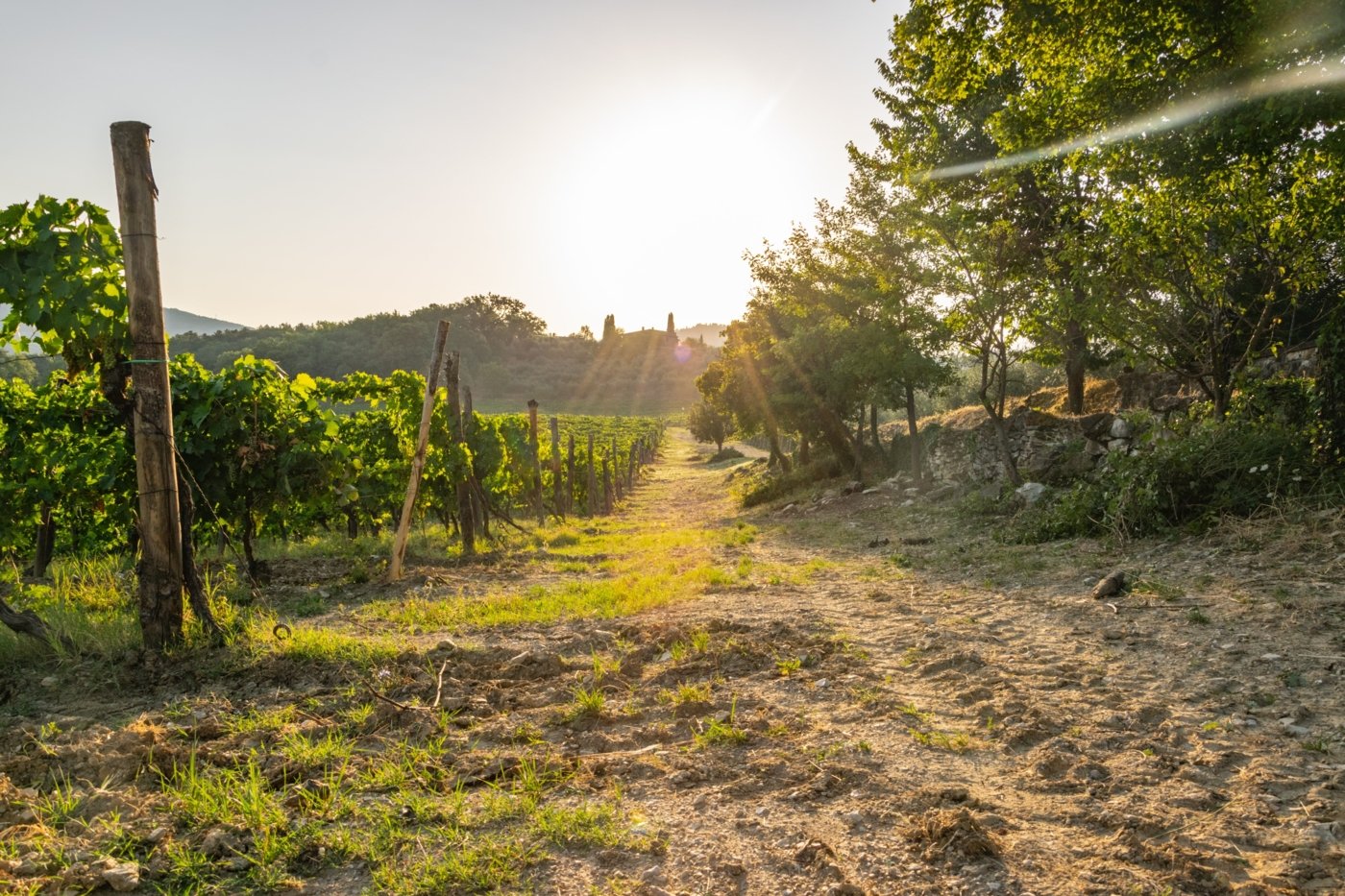A number of complicated factors account for the range of styles and quality levels found in Chianti wine, which is probably Italy’s best-known wine. Chianti, at its simplest, is a straightforward bottom-shelf red, which is unfortunately what many conjure up when they think of Italian wine. Chianti can also be some of the finest wine in all of Italy. Our local expert will help you to get to grips with all the complexities of Chianti wine. Italy can be very confusing when it comes to wine and Chianti red wine is no exception.
The most basic category of red Chianti wine is Chianti DOC, and thanks to the advent of modern technology and better cleanliness in the wineries, these have improved in recent years. Chianti DOC wines are usually blended from grapes coming from across the region. At its best, Chianti DOC can be fabulously fresh and deliciously fruity, with heaps of juicy red fruit.
The higher quality classification of Chianti DOCG and its eight subzones, which total around 70,000 hectares, covers a large area of varied soils, altitudes and mesoclimates, making for wines with a considerably different character. Chianti Classico, the heart of Chianti and source of most of the finest DOCG Chianti, itself produces wines in a range of styles and quality levels from its 7,000 hectares.








